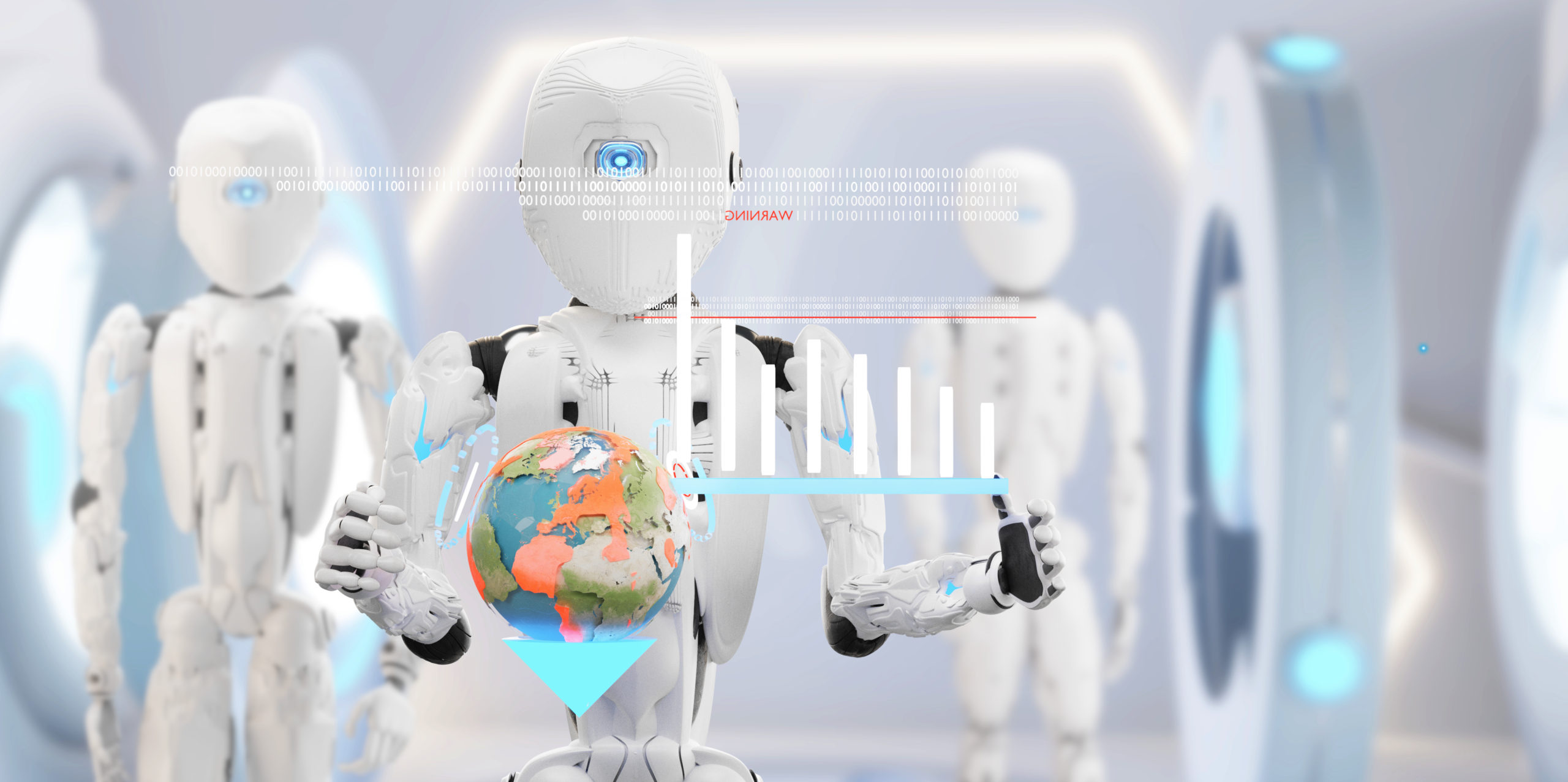CIOs tasked with improving operational efficiency in today’s challenging environment need priorities. They must conjure daily, weekly, and monthly lists of tasks that further their strategic objectives.
Here are the key priority areas for CIOs to focus on in 2023.
1. Understand the business
In today’s hyper-competitive world, there is no room for any processes or functions that do not add value to the enterprise. Technology is no exception. Today’s CIOs need to:
- Understand the business in detail, especially the product or service range and the value added by the business for the customer.
- Inventory the existing technology landscape and cut down the flab.
- Talk to business unit leaders, hold roundtable conversations with staffers, and review the IT landscape as part of the review.
- Take time to listen to the rank-and-file. With employees more empowered than before, CIOs and other C-suite members have to listen to the voice of the people under them. Give people the opportunity to be frank, and open. Hear complaints and build a strategic plan out of such hard feedback.
2. Get digital transformation right
Industry 4.0 makes digital transformation inevitable for most businesses. Businesses have no option but to upgrade to the latest digital technologies. Unless they become part of an interconnected ecosystem, they risk losing customers and skilled talent.
The pandemic packed in two years of digital transformation into two months. Digital transformation is the norm in most industries.
The most successful CIOs remain committed to organisational excellence. They regard digital transformation as a state of permanent agility rather than a technology project. They:
- Give technical leadership to the change effort. CIOs are the chief resource personnel and the go-to personnel for new technologies.
- Focus on the most impactful issues and the most critical business needs.
- Review project portfolios to make sure it meets business objectives. The business environment changes rapidly. Rejiggling and rebranding the portfolio builds credibility and showcases the value of IT.
- Manage resistance to change proactively. CIOs have to overcome the barriers that inhibit digital transformation.
3. Greater thrust on prioritisation
CIOs always work under tight budgets. But as the economic conditions get tougher, the budget crunch and squeeze on personnel become more acute.
The solution to overcome the resource crunch is prioritisation. Successful CIOs prioritise projects based on the expected impact on the business priorities.
The recent Gartner IT Symposium/Xpo reveals that CIOs expect IT budgets to increase by 5.1% in 2023. The top areas for investment for 2023 included
- cyber and information security (66%),
- business intelligence and data analytics (55%),
- cloud platforms (50%).
Investment in artificial intelligence (32%) and hyper-automation (24%) ranked lower on the scale.

4. Develop the workforce
Technology is now readily available and a common playing field. Enterprises now achieve differentiation through the workforce. Talented hands leverage technology in innovative ways to deliver competitive advantage. But in today’s fast-paced world, technology is also always in flux. Success depends on learning, unlearning and relearning skills. The need for skill updating has become more critical than ever in today’s skill shortage. Talent is hard to come by as tech advances have not kept pace with skills development.
The onus is on CIOs to:
- Assess the workforce’s skill sets to identify skill gaps and implement measures needed to bridge such gaps. Smart CIOs
- Benchmark the available talent against the desired state to identify the skill gap.
- Launch skill development programs that equip the workforce with the right skill sets.
- Train the workforce for data and technology literacy.
5. Cultivate relationships
There is a strong misconception that the CIOs role is technical. The reality is that the CIOs role, like all other executive roles, is about people and relationships.
As the adage goes, “success often depends on who you know rather than what you know.” This holds more than ever before in today’s fragmented ecosystem. CIOs who network and develop strong relationships can get the right resources to do the job.
Even internally, CIOs who establish rapport with team leaders get things done faster. For instance, CIOs could use their rapport with functional heads to support digital transformation.
Smart CIOs
- Focus on listening and building relationships. Building trust is an extension of cultivating relationships.
- Strive for win-win solutions. They acknowledge others’ challenges and work to fix them.
- Identify and engage with tech-focused members of the C-suite. Such relationships can align with the board’s view on the tech strategy.
- Establish working relationships with functional heads and other employees engaged in critical roles. Success often depends on establishing working relationships beyond formal hierarchies and reporting relationships. Getting things done quickly in today’s fast-paced business environment requires fast decisions.
- Empower team members. Establish expectations for managers and subordinates. Have clarity on the decisions managers and team members can make and what needs to run through the CIO. Also, have clarity on performance management and appraisals.
6. Focus on getting things done
It is never smooth sailing in any role. Disruptions and obstacles have risen as technology becomes fragmented.
Top executives seek acceleration of time to value projects. As recession looms and the business environment gets tougher, the chief executives become impatient to see returns on investment.
Best-in-breed CIOs
- Solve problems proactively. Leaving a problem festering reduces credibility. It is also a poor business move in a recessionary and challenging business environment ahead.
- Identify operational challenges and have a plan for the most common issues. For instance, if the enterprise has project delivery issues, be proactive.
- Collaborate to overcome reporting issues. Ideally, the CIO has full authority over IT. But the reality is different in many enterprises. Someone else might assert authority due to historical reasons or some special relationship with the C-suite. Practical-oriented CIOs do not waste time nitpicking or indulging in turf wars. They instead focus on getting things done regardless of who takes the credit.
7. Greater focus on cyber security
The threat landscape continues to worsen, forcing CIOs to spend considerable time and energy on cyber security.
Almost all CIOs expect their companies to experience a significant cybersecurity incident in the next two years. IBM estimates only 17% of enterprises are “cyber secured” or have the highest degree of preparation.
Top executives expect a faster time to value on projects at a time when the twin forces of recession and inflation have stressed spending. Getting the priorities lays the groundwork for efficient performance. In 2023, CIOs who manage to remain organised will build credibility and set the stage for their enterprises to become agile and resilient.












